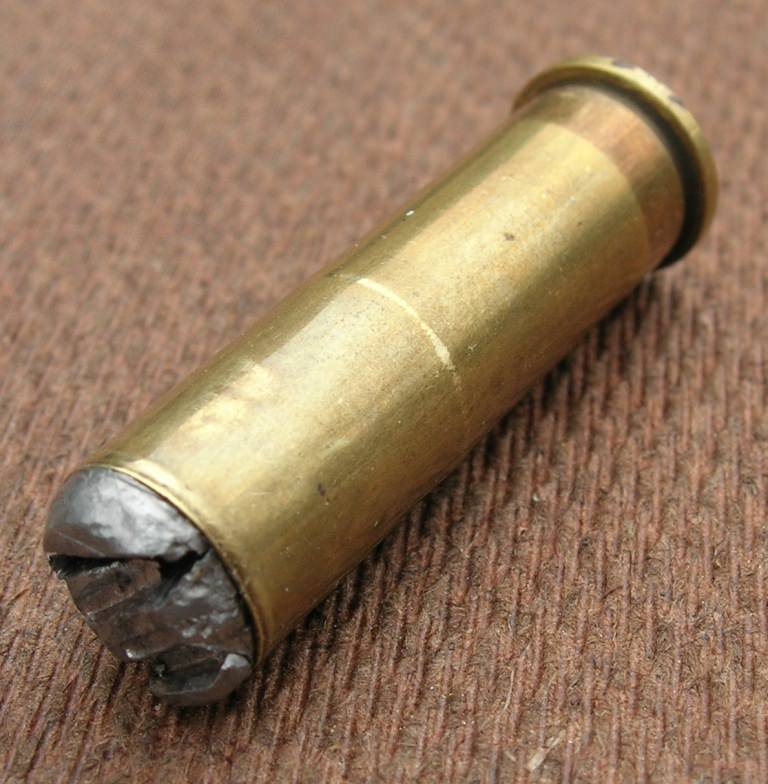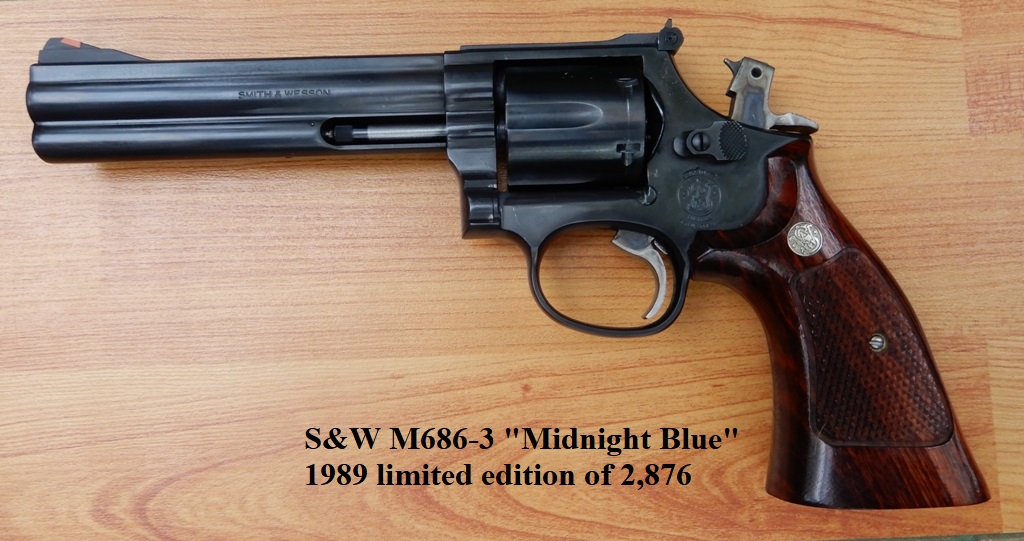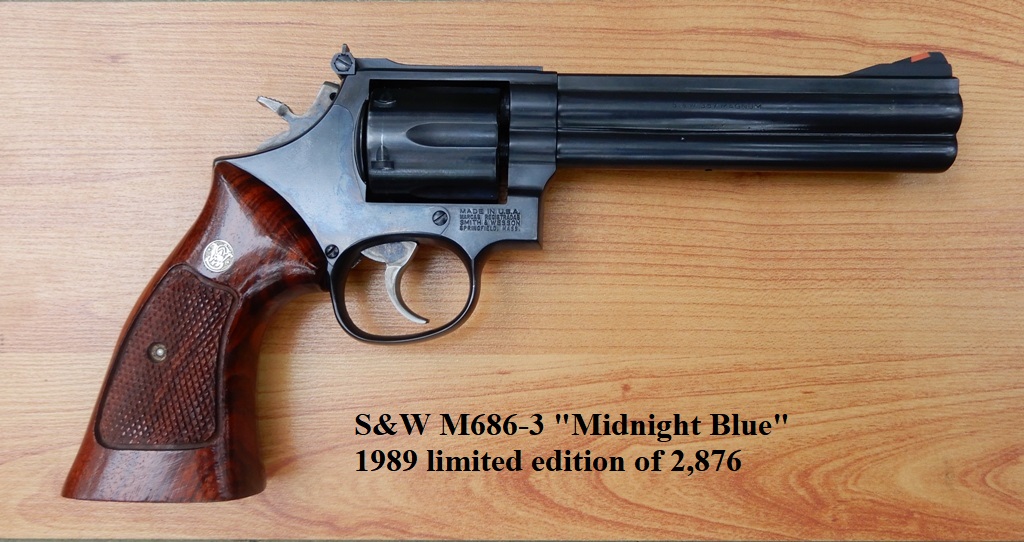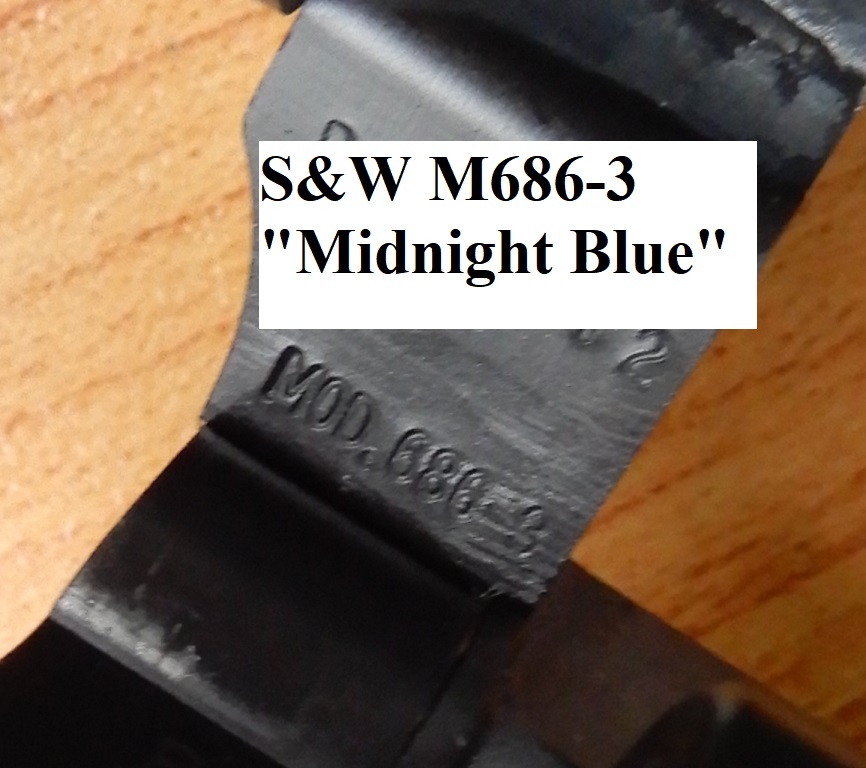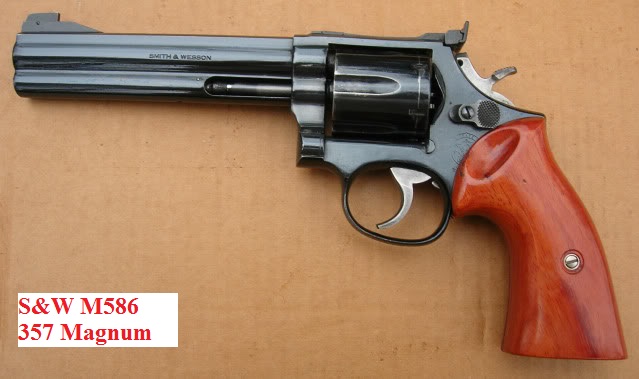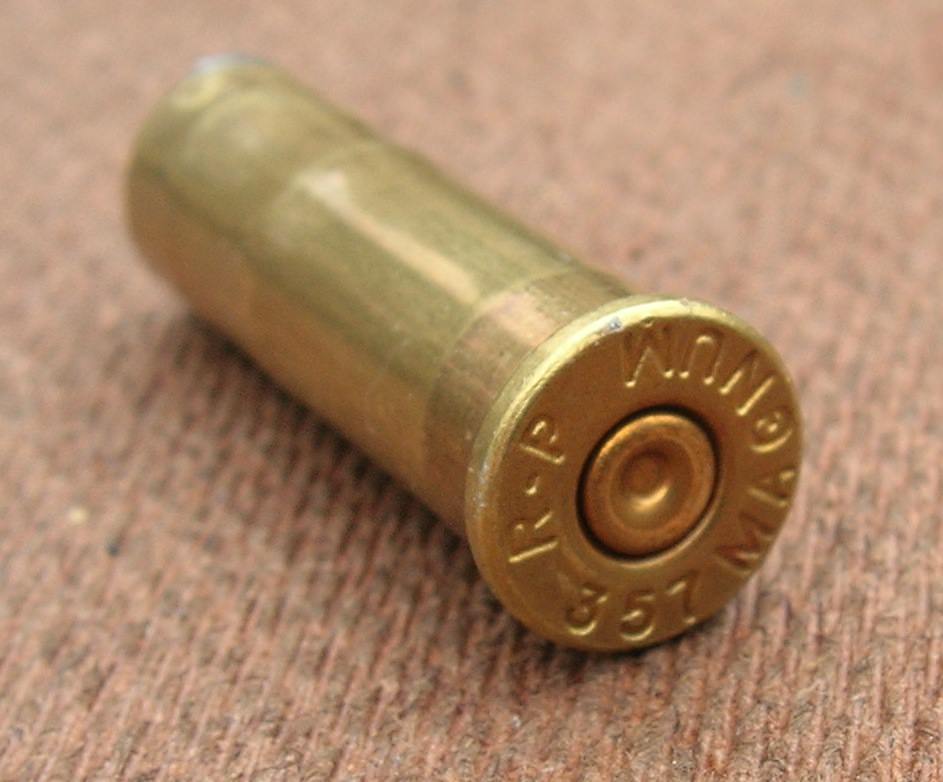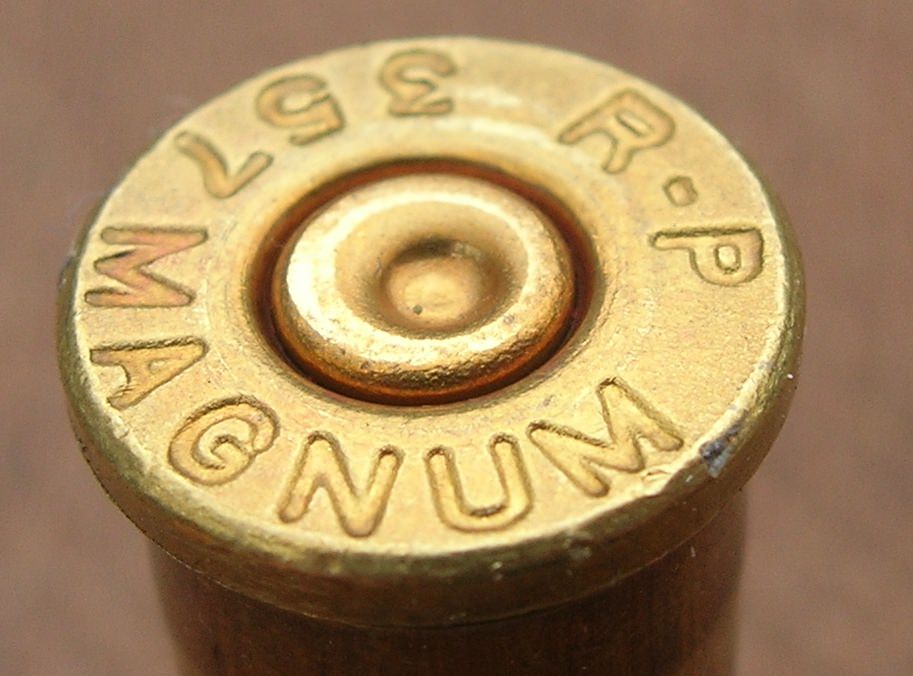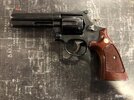Right. I used a 686 in runNgun competitions, where fast DA shooting and fast speedloader-fed reloads are tough on a gun. Nonetheless, I put 60,000 - 70,000 plated bullets (over 3.5g Clays in .38 special cases running 825fps) through it before I relegated it to backup status, and even then, it still ran fine - I just happened to pick up a low-mileage 686 I tuned up as my primary gun. I'd likely get the same lifespan out of a Model 19, but I shoot an L-frame better. As mentioned, though, .357s will eventually add wear and tear on a K-frame .
I talked to two Bullseye Pistol shooter who used K frame 38 Special S&W's. The time limits in 2700 Bullseye are five shots in 10 seconds, and five shots in 20 seconds for rapid fire and time fire.
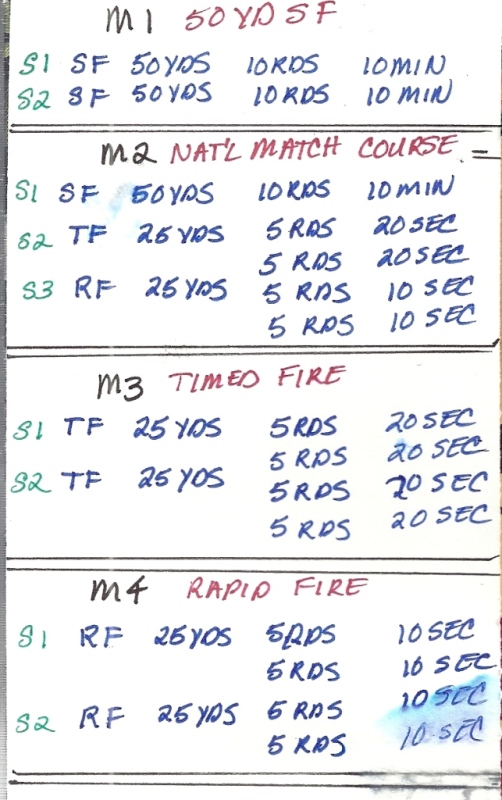
These guys were shooting 148 LWC 2.7 grains Bullseye pistol powder, so very light loads. They were not cranking the cylinder as fast as those in combat sports. They shot hundreds of thousands of rounds through their K frames and wore out cylinder ratchets, broke a firing pin. The K frame pistols were sent back to S&W, I am sure new cylinder hands, stops and springs were installed along with the ratchets. Once returned, the K frames kept on banging. The 10 time PPC champ champ I talked to had cracked a K frame barrel using "major" loads in 38 Special. Don't remember if it was a 38 or 357 pistol. He said he had 600,000 rounds though a Shilen barrel, and that K frame still shot two inch groups at 50 yards.
You want your S&W's to last forever? shoot light loads.


